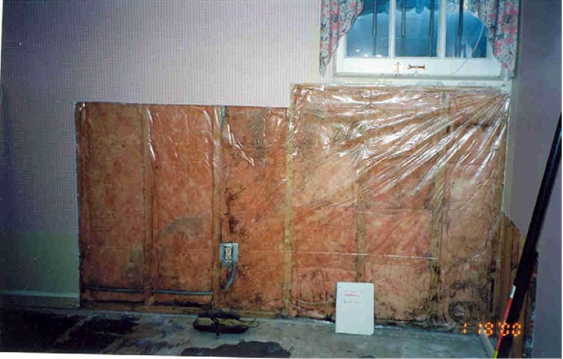
Exterior Finish
Best Practices No Vapor Retarded on Interior Side of Air Permeable Foundation Insulation
New homes benefit from having insulated basement and/or crawlspace walls. However, the insulation must be installed properly and with a method that doesn’t trap moisture in the walls.
Vapor retarders can be a fundamental part of the building envelope—in the right location. When placed and applied properly, they can help manage moisture issues to keep the home dry.
But when vapor retarders are installed on the interior side of air-permeable insulation on below-grade walls, the liquid water has no way to dry to the interior of the home, so it accumulates in the wall cavity. Over time, this can lead to ruined insulation, mold, odors, and structural rotting of framing members. This means decreased IAQ, asthma and allergic reactions, even “sick building syndrome” for occupants.
In basements or crawlspaces that are insulated along the interior side of the exterior walls, do NOT install a Class I vapor retarder on the interior side of the air-permeable insulation fibrous insulation (like fiberglass batt, blown cellulose, or mineral wool). Class I includes materials like rubber membranes, polyethylene sheeting, glass, aluminum foil, sheet metal, foil-faced insulating sheathings, foil-faced non-insulating sheathings, and vinyl wall paper and, as a material or assembly, has a rating of ≤0.1 perm. These Class I vapor barriers also should not be installed on the interior side of air-permeable insulation in above-grade exterior walls in warm-humid climates.
If water vapor is allowed to pass through the below-grade wall and insulation, it must dry to the inside of the home. To enable this drying and avoid condensation in the wall cavity, the wall covering on the interior of the framing must have a relatively high vapor permeability rating.